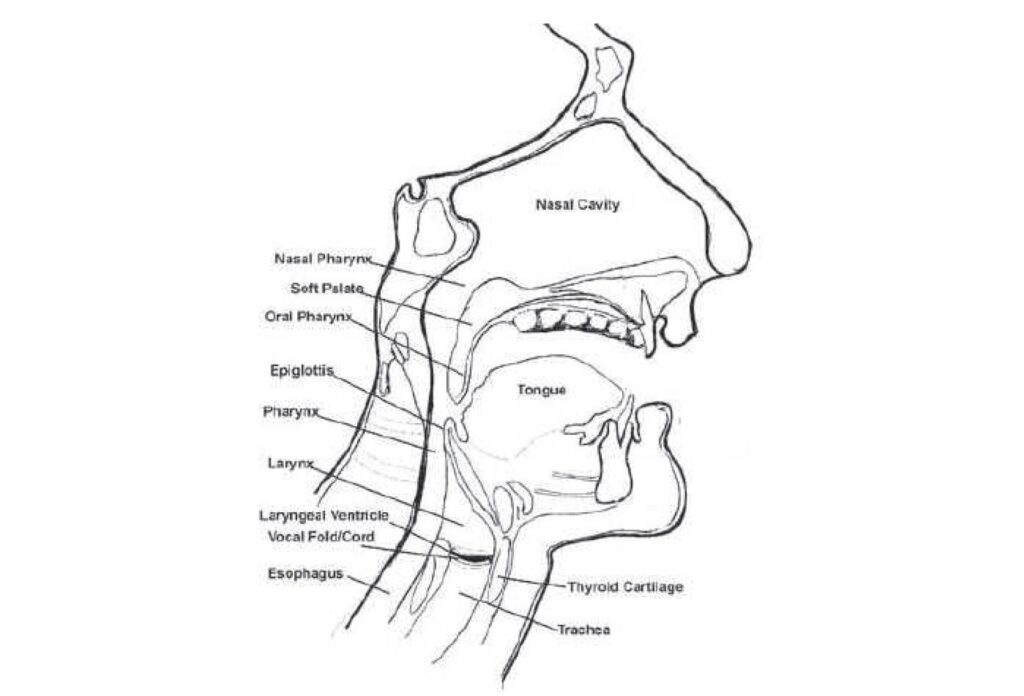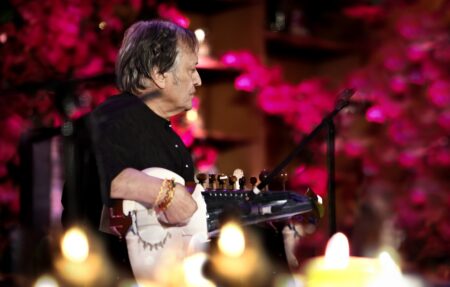Vocology, a boon to voice users consists of various aspects of vocal production including, voice training, rehabilitation, and treatment of voice disorders.
The three-day National Workshop on Vocology, recently organized by the Chetana National Institute of Vocology in Thrissur, Kerala garnered significant media attention. The participants, including musicians, music students, teachers, media anchors, and public speakers, greatly benefited. Many found solutions for their persistent voice problems through the ingenious techniques taught during the workshop, which will aid them in preserving their voices in the future.
The resource persons for the workshop were Fr. Paul Poovathingal, the first Vocologist in India; Dr. R Jayakumar, Consultant Laryngologist; Binu John Mathew, professional voice trainer; George S. Paul, art critic and physics professor; and V. Manoj Bhaskar, Yoga master.
Admittedly, vocology, a nascent branch of science in India, holds a great importance in Western music, especially in vocal performance and singing. The workshop consisted of three sessions. Fr. Paul extensively elucidated the concept of vocology during these sessions. According to him, vocology is the science and practice of vocal habilitation and the treatment of voice disorders. This definition underscores the interdisciplinary nature of the field. Vocologists encompass those who explore the optimal methods for vocal enablement, delving into why one approach proves superior to another. For instance, voice scientists, medical doctors, speech pathologists, acting voice coaches, and music teachers all fall within the realm of vocology. Vocologists incorporate the latest scientifically grounded voice training knowledge and use a multidisciplinary approach to diagnose, treat, and manage voice disorders. This knowledge is sourced from various voice disciplines, psychology, and medicine, and it informs the training of artistic pursuits.
The larynx, often referred to as the “voice box,” is a crucial anatomical structure in the human body that plays a central role in voice production. It houses the vocal folds (also known as vocal cords), which are essential for creating sound and speech. The larynx serves several important functions that contribute to proper voice production
Basic anatomy of Larynx
A brief anatomical description of the vocal fold will clarify some of the mysterious aspects of the vocal fold structure. Much of the action of the larynx is reflective. Response is determined by what goes on elsewhere in the body, particularly in the airway. Functionally then, the system of interest for voice is not only the larynx but also much of the head, neck and chest. A complete understanding of the larynx involves all of these parts, in isolation and in combination. Emphasis in voice training and therapy is also placed on the “whole body” approach.

The important upper body parts which involve in the voice production are the lungs, bronchi, trachea (wind pipe), larynx, pharynx (throat directly above the larynx) oral cavity, and the nasal cavity. In addition, the esophagus (food pipe), located directly behind trachea, is an important structure to locate and understand for swallowing behaviors.
Hard tissue morphology
The position of the larynx within the neck can vary vertically and horizontally. While swallowing, a group of sphincter muscles (muscles that surround and constrict an opening) force the larynx upward so that the airway can be sealed. While yawning the pharynx expands and the larynx is depressed to widen the airway. In these maneuvers the larynx can move up or down several centimeters. The larynx can also move forward when a greater than normal flow of air is needed. The need for mobility of the entire laryngeal structure would preclude, then, any rigid bony attachments to skeleton. This need for mobility helps us understand why most of the laryngeal framework is in the form of cartilage. Only one bone, the hyoid bone, is in the vicinity of the larynx, but even this bone floats with respect to the skeleton.
Laryngeal cartilages
- Thyroid cartilage is made up of two plates; they are joined anteriorly at the midline, forming an angle of about 90 to 120 degrees. Adult male usually have smaller angle than women and children, resulting in a laryngeal prominence commonly known as the Adam’s apple.
- Cricoids cartilage which lies directly below the thyroid cartilage form a solid ring that completely surrounds the laryngeal airway. It may be thought of as the most superior tracheal ring, but it is differently in shape and unique in its 360 degree solid construction.
- The arytenoids cartilages (paired) are pyramidal in shape. They are situated on top of the wider posterior portion of the cricoids cartilage. The abduction (move apart) and adduction (bring together) of the vocal folds are accomplished through the highly flexible cricoarytenoid joint.
- Epiglottis: This cartilage resembles the tongue of a shoe and has a somewhat similar function. As the tongue of a shoe folds over the foot when the shoe is laced, the epiglottis folds over the entryway to the larynx when tight closure of the airway is desired. By attachment with its connective tissue to the inner surface of the thyroid cartilage, just below the thyroid notch, epiglottis forms the anterior wall of a chamber. This epiglottal chamber collapses during food transport but can serve as an acoustic resonator when the airway is open. Epiglottis attaches to the base of the tongue.
- The hyoid bone which is not part of the larynx proper, is a horseshoe shaped structure and partially surrounds the tip of the epiglottis.

Muscles of Larynx
The muscles of the larynx may be divided into two groups, the intrinsic and extrinsic. The intrinsic muscles interconnect the cartilages of the larynx, where-as the extrinsic muscles connect the larynx to other surrounding structures.

When extrinsic muscle contracts, the cricoid and thyroid cartilages are brought together anteriorly. This moves the forward insertion of the vocal cords inside the thyroid wing forward, while their backward insertion on the arytenoid cartilages is shifted backward. From this rotation results a marked elongation of the vocal folds. This stretching action is the chief mechanism for raising the pitch of the sound generated and thus for the differentiation of vocal registers.
The intricate coordination and control of these intrinsic muscles allow for the production of a wide variety of vocal sounds, ranging from speech to singing and other forms of vocal expression. Voice training often focuses on developing control and coordination of these muscles to achieve optimal vocal performance and health.
To be continued…




